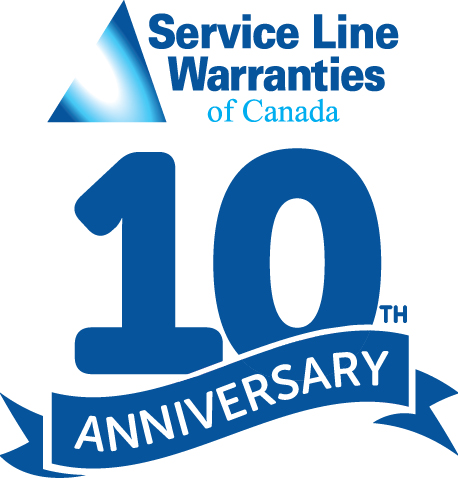Water providers are faced with many additional challenges related to increased incidents of freezing temperatures, heavy snowfall, and icing, which can negatively impact drinking and wastewater systems. One growing challenge is pipe breaks throughout the distribution system caused by freeze-thaw cycles, in which moisture from melting snow and ice seeps into cracks and then expands during re-freezing periods. According to Climatedata.ca, Canada’s freeze-thaw cycles are expected to become more frequent in winter over the short-term, increasing the potential for rapid infrastructure deterioration and maintenance costs.
Additional challenges for providers during extreme cold events can include loss of power and communication lines; limited access to facilities; reduced workforce due to unsafe travel conditions; water quality issues from road salt in stormwater runoff; and blockage of valves and intakes because of ice. Additionally, cold temperatures can increase water viscosity, putting more strain on pump equipment.
One recent example of an extreme weather event was Winter Storm Elliott, which brought record-setting cold temperatures to many parts of Canada and the U.S. The winter storm intensified into a bomb cyclone with extremely frigid conditions reaching a number of areas that do not regularly experience freezing temperatures. Numerous homes and buildings suffered water damage caused by pipes freezing and bursting, and 670,000 households in Quebec, 430,000 in Ontario, and 70,000 in New Brunswick were without power at different points in time during the storm.
Private water and sewer lines compound the problem for water providers during extreme cold events, as customers with frozen lines can experience service interruptions, prompting more calls to the provider at a time when staffing is stretched thin. Additionally, customers are often unaware that the utility is not responsible for repairs to private service lines and can become dissatisfied with the water provider for not providing a solution in a time of high stress.
Service Line Warranties of Canada by HomeServe partners with municipalities to offer homeowners optional protection plans to expedite and cover the cost of repairing or replacing private-side exterior water and sewer lines and interior plumbing and drainage lines. The solution includes homeowner education to clarify service line responsibility and understanding of how to solve issues though the provider’s program, and claims are serviced by a network of licensed, local plumbers, promoting local business growth. Partially due to Winter Storm Elliott, December 2022 was HomeServe’s busiest month ever, with 52,000 job deployments.

